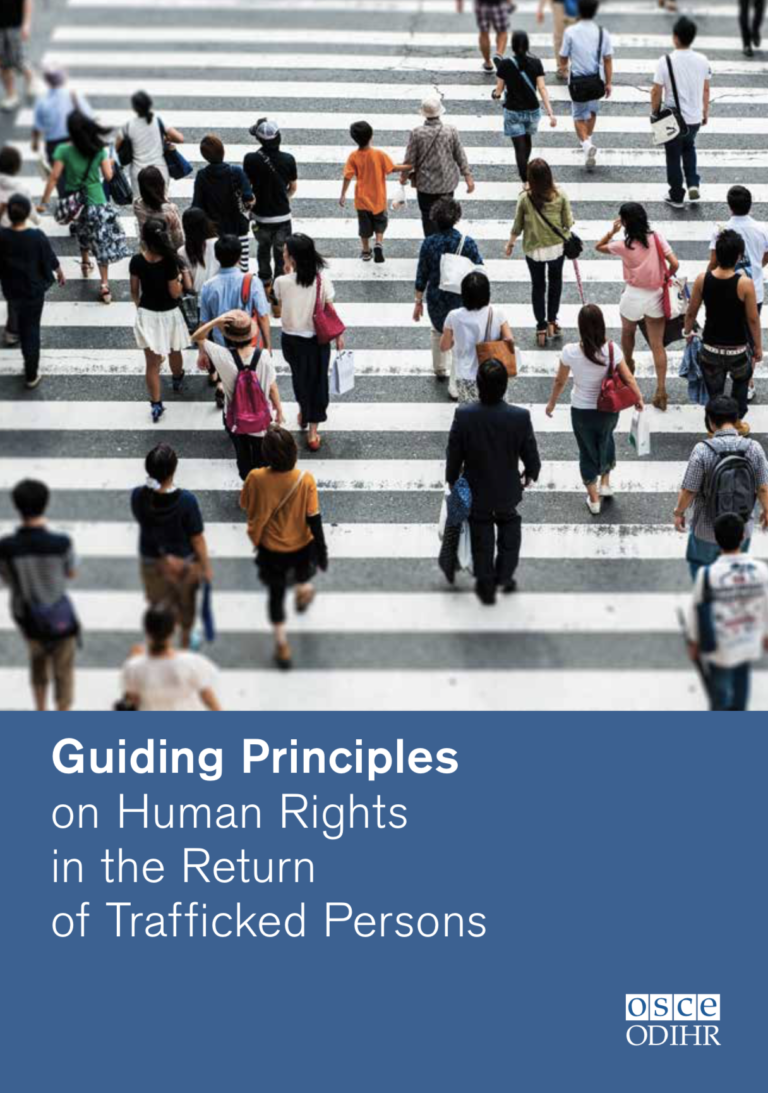Black Lives Matter: Putting Human Rights at the Heart of Corporate Responses
GuidanceThe progressive responses by some businesses to the Black Lives Matter protests, and the systemic racism they are calling attention to, have been framed as voluntary commitments of socially conscious companies. In fact, all businesses have an ironcl...Read More

